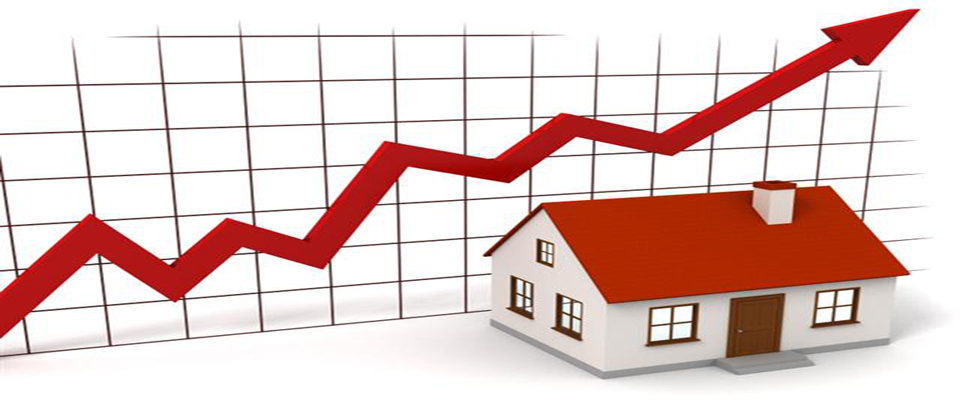Residential property prices increased by 1% nationally in the year to March, according to the latest figures from the Central Statistics Office.
This compares with an increase of 1% in the year to February and an increase of 3.8% in the twelve months to March 2019.
With the impact of Covid-19, the CSO said the figures were provisional, adding that its index is based Revenue returns, and there is a 44-day deadline before these have to be submitted. This has meant that the property price index has only captured a fraction of recent transactions.
In the coming months prices are expected to fall heavily as the impact of the pandemic hits values.
In Dublin, residential property prices increased by 0.6% in the year to March - house prices increased 0.7% and apartments increased by 1.5%. The highest house price growth in Dublin was in Fingal at 4.7%, while Dublin City and South Dublin both saw a decline of 1.8%.
Residential property prices in Ireland excluding Dublin were 1.5% higher in the year to March, with house prices up by 1.7% and apartments down by 0.9%. The region outside of Dublin that saw the largest rise in house prices was the Border at 5.4% - at the other end of the scale, the South-East saw a 1.8% decline.
Overall, the national index is 17.9% lower than its highest level in 2007. Dublin residential property prices are 22.1% lower than their February 2007 peak, while residential property prices in Ireland excluding Dublin are 21.1% lower than their May 2007 peak.
Property prices nationally have increased by 83.1% from their trough in early 2013. Dublin residential property prices have risen 92.9% from their February 2012 low, whilst residential property prices in Ireland excluding Dublin are 81.6% higher than at the trough, which was in May 2013.







